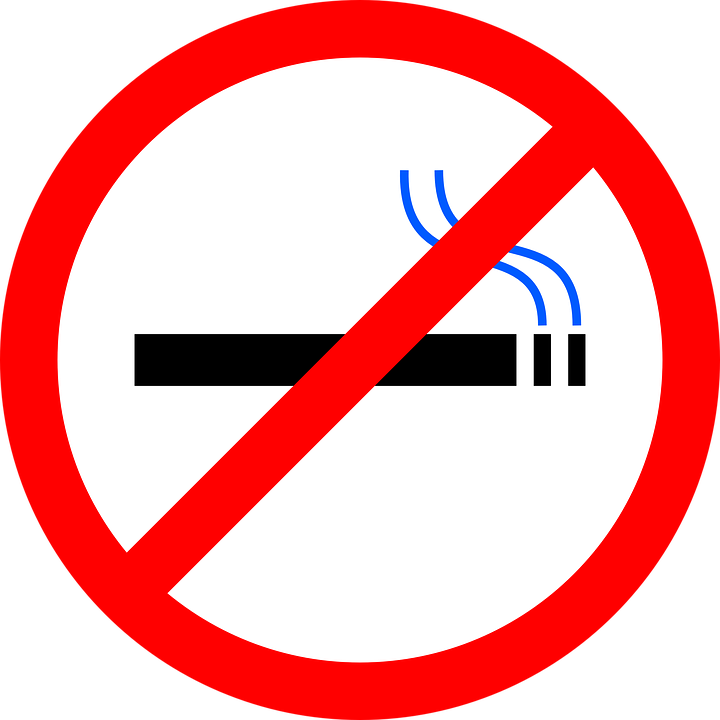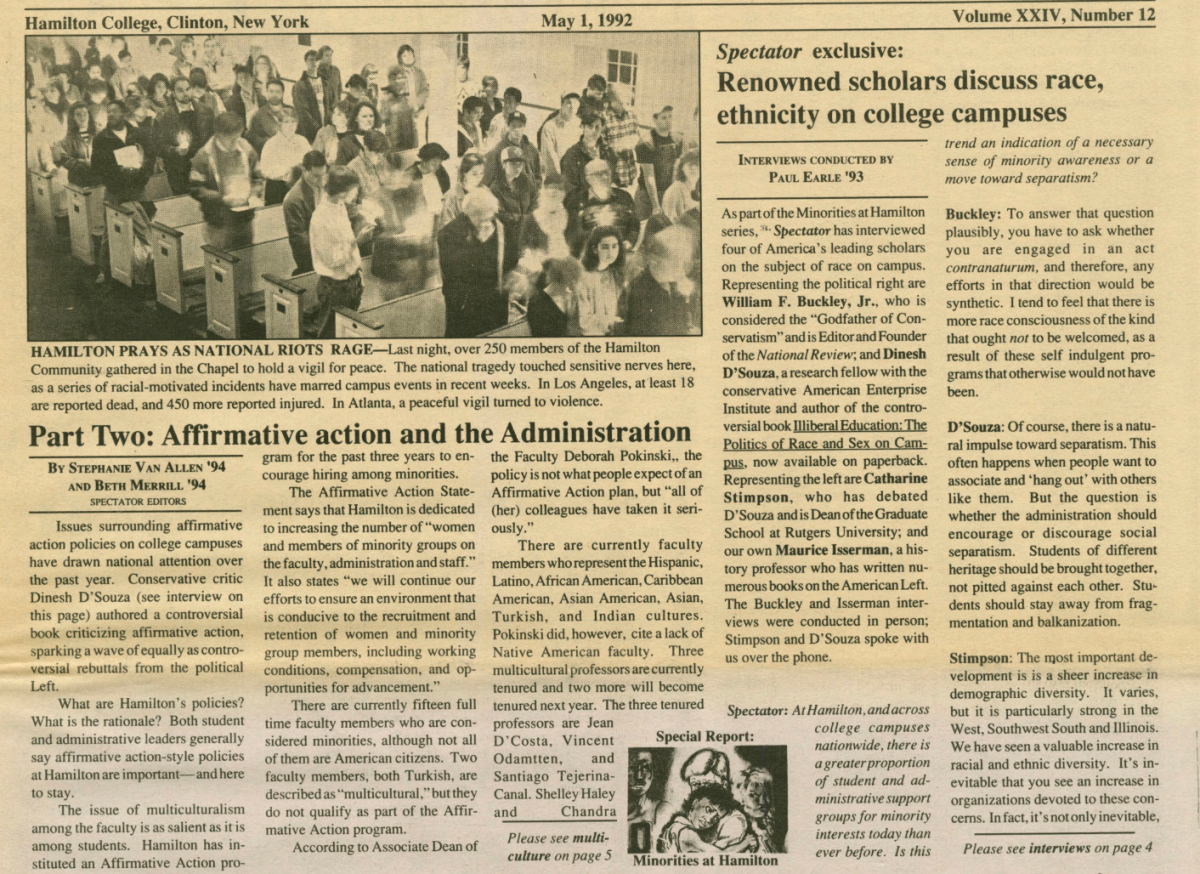
In recent months, heightened controversy has surrounded the rise of the vaping industry and the growing pervasiveness of vaping, mainly among students and minors. As early as last month, there was a significant turn out of protestors outside of JUUL offices in Manhattan, which was largely made up of teen advocates and parents, according to
CBS New York
.
Although the efforts of these advocates has not been covered extensively in the media on a national scale (especially in lieu of whistleblowers and impeachment inquiries) and vaping remains on the rise, young people should not write-off the efforts of anti-vaping advocates as they attempt to prevent the rise of another health-averse industry similar to that of tobacco.
How different can they be, really?
Recognizable vaping brands include SMOK and JUUL consistently market their products as “alternatives” to cigarettes, or rather, a healthier option, presumably. (On a side note, JUUL is currently being investigated by the Federal Drug Administration for illegally advertising their products as “healthy alternatives” to JUUL, according to
The New York Times.
) But, regardless of whether consumers believe or feel that JUUL is objectively “healthier” than cigarettes (most likely having nothing to base opinions on other than personal intuition,) there is, as of this moment in time, still no consensus among health professionals that indicates whether JUULing is healthier than cigarette smoking because there remains to be insufficient data to support any scientific claims regarding the health effects of vaping. In short, no one can yet say for sure whether the health impacts of JUULing will be as crippling as cigarette consumption, which means JUULs may still plausibly be as detrimental to our health as cigarettes.
History in repeat
This is a story that we’ve heard before, however. The problem is that young people, the most avid vapers, may not be as familiar with the rise of the unstoppable tobacco industry, the efforts to quell it through government intervention, and the devastating effects that the industry had once it became too powerful to overcome.
In short, according to the American Cancer Society, there was little awareness in the United States surrounding negative health impacts of cigarettes until the 1950s, and at that point, tobacco was a $5 billion industry and the CDC estimates that over 70 percent of American adults were regular smokers.
It then took the second half of the 20th century for the government and lobbyists to gradually take down the behemoth industry by banning commercials, creating no-smoke zones, and the like. It was not until the late 1990s and early 2000s (around the time that most college students were born) that cigarette consumption began to consistently decline in America
So what does this mean for current vapers? It means that the alleviation of one vice is being subtly replaced by another, and since the aforementioned story is not as widely understood or known by young people, they are the most vulnerable to repeat the addictive behaviours of their parents and grandparents.
Young people are vulnerable to addictive chemicals like nicotine, of course, but they are also less aware of, or at least have not seen first hand, the power and capacity of money and industry in influencing Washington and preventing politicians from protecting Americans and doing the “right thing” (which might have been outlawing vaping from the onset.)
Many Americans generally trust that their government will do the right thing in keeping them out of harm’s way, but anyone familiar with the story of the tobacco industry, and even the recent opioid epidemic, would tell you otherwise. So, the alternative to resisting the rise of the vaping industry is passively accepting its growth as well as its up-and-coming place in our culture, resulting in high rates of youth addiction and an unstoppable industry that feeds off of the proliferation of lung cancer. Sound familiar yet?
Reversing progress
Incredible strides have been made over the last thirty years to eliminate cigarette use in the United States: cigarette smoking is no longer part of youth and pop culture, smoking inside is generally prohibited in most public spaces, cigarette prices are taxed in many cities as a disincentive to purchase them, and perhaps most importantly, there is consistently low levels of youth participation in smoking, according to the CDC.
Young people may have avoided one poison and are being drawn to another that is potentially just as debilitating, and the history of smoking in America suggests that once health impacts are finally exposed, it will be too late. Allowing one brand of smoking to replace another comes too close to reversing decades of progress and even rendering it all pointless.
So, while it may be inconvenient or a bit of a let down that Hamilton College and many other public spaces have already begun to ban vaping and JUULing in and around them, and while one might consider it unnecessary to ban a substance seemingly totally unlike a cigarette, the campaign to quell vaping should not be undermined or resisted.
On the contrary, we, as in generation Z, should recognize the traumatic history of the smoking epidemic in America and consider ourselves lucky that we live in a time and place in which our health is valued and prioritized above corporate interests (for the most part) because this was less so the case for our own parents and grandparents, at least when it comes to smoking.

















